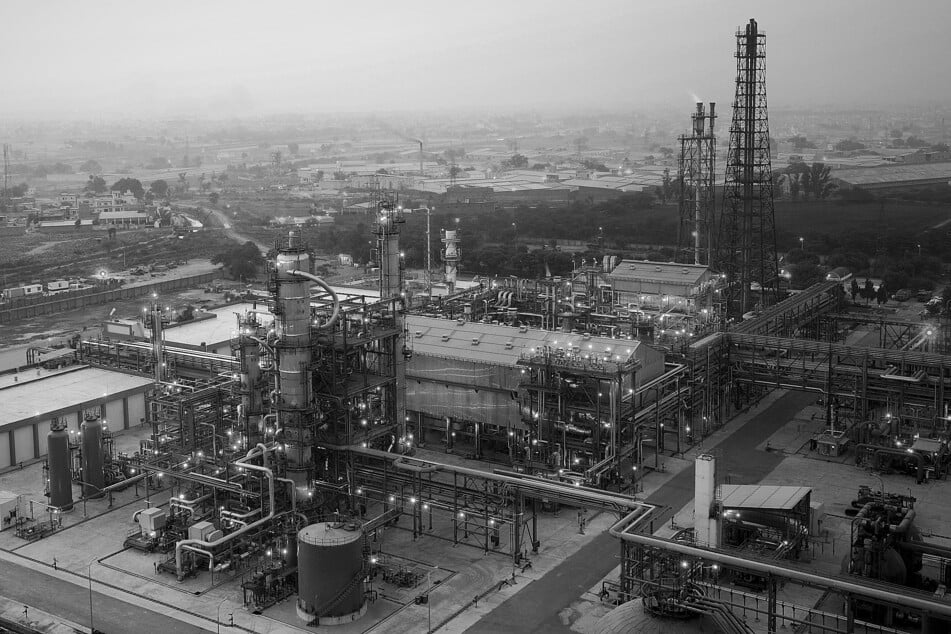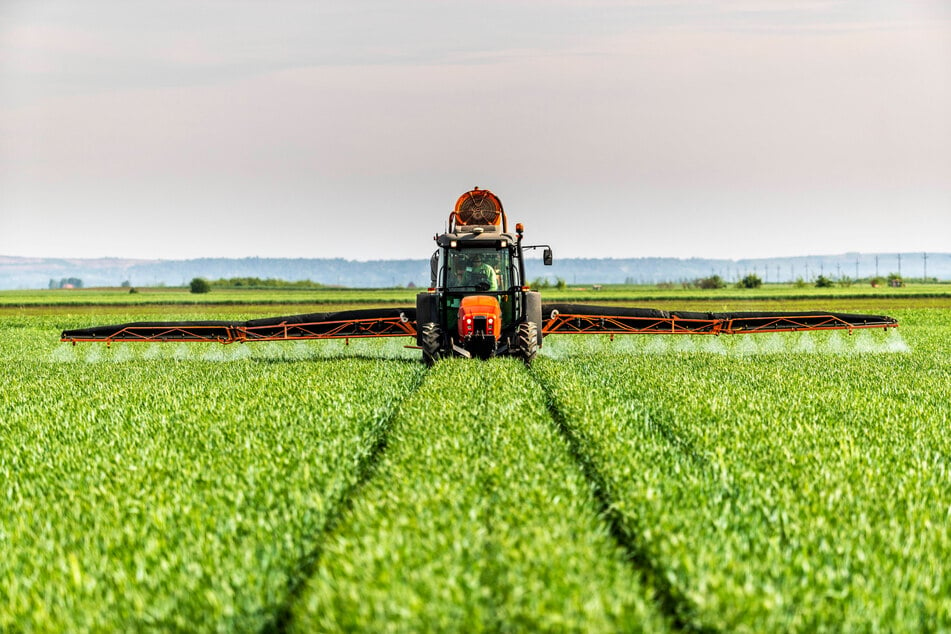Green fertilizer: Helping grow the next piece of the renewable energy puzzle
Washington DC - The regular fertilizer you can buy at a plant store has loads of goodies in it to help your leafy hobby grow, and just like humans need oxygen and calories to survive, a plant needs nitrogen. So what about making crops grow can bad for the climate?

It turns out that fertilizer needs ammonia, and making ammonia is responsible for about 2% of global CO2 emissions.
Producing ammonia is one of the most dirty industrial processes out there. First, you need to bombard methane gas with hot, high-pressure steam, which is usually made by burning fossil fuels pumping out hydrogen and CO2.
The usual method captures the hydrogen, but simply releases the CO2 into the atmosphere.
The next step is compressing the captured hydrogen with nitrogen gas at very high pressures and a temperature of around 750 degrees Fahrenheit, which also requires burning large amounts of fossil fuels – so more CO2.
But, just like with steel and cement, there is an opportunity to change the way we make the key ingredient in fertilizers by taking the dirty fossil fuel element out of the equation.
Green ammonia is possible

The key to making fertilizer truly green is our old friend, green hydrogen made from renewable energy. There are plenty of steps in ammonia production that could become far cleaner.
For starters, instead of the usual method of blasting methane gas with steam to get hydrogen, switching to electrolysis powered by renewables only requires water and splitting off the hydrogen atoms, leaving behind only harmless oxygen.
Then, you can make enough green hydrogen to fuel the high temperatures and pressures needed to get ammonia.
There are also promising new types of ammonia generators in development, including one which uses renewable electricity, two vats of water, and a pair of reactive rods to efficiently produce ammonia while only emitting oxygen as a byproduct.
However, these projects aren't yet ready to make the large amounts of ammonia the fertilizer industry needs.
Once we have plentiful supplies of low-emissions ammonia, it will reduce the climate impact from the food we grow, and could even be used to store hydrogen or fuel vehicles.
Making green ammonia is yet another piece of the renewable energy puzzle, and no matter the method, as long as it doesn't emit loads of CO2, it'll be a massive improvement over how we currently make the main ingredient in fertilizer.
Cover photo: Imago / Westend61